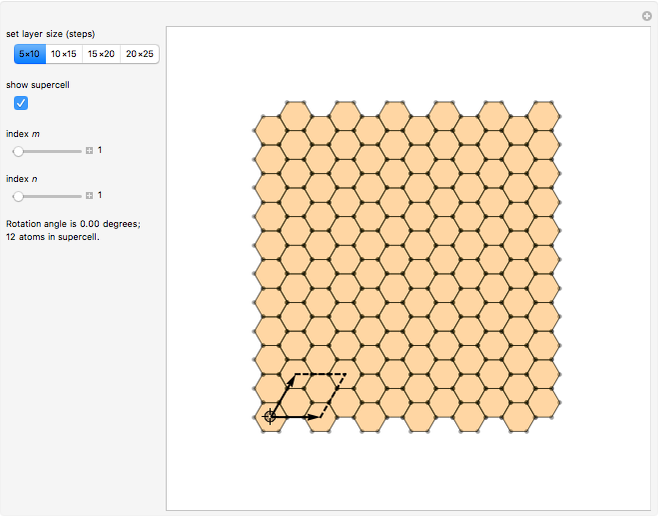

It is a text file, and if you open it in a text editor (like Notepad) it will look like this: With this command, Atomsk will write the atom positions in the output file "aluminium.xsf".

Ⓘ This lattice constant is given as an example, and must be adjusted depending on the type of simulation you want to perform (DFT, interatomic potential, etc.). & 'atomsk.exe' -create fcc 4.046 Al aluminium.xsf To generate a unit cell, Atomsk can be executed like this: Aluminium is a fcc metal with a lattice constant a=4.046 Å at ambiant temperature.

Many metals, like aluminium, copper, or nickel, crystallize into the fcc lattice. The face-centered cubic (fcc) unit cell of aluminium and copper In addition to this tutorial, it is recommended to read the documentation page of the mode "-create". Atomsk can be used to generate unit cells, thanks to the mode "-create". In atomic-scale simulations, it is often the first step before constructing more complex systems. to explain the basics of crystallography to students or to the public. Generating unit cells can be useful to make illustrations, e.g. ▶ For more information, refer to the corresponding documentation page. You will also learn how to generate output files for various visualization softwares. In this tutorial you will learn how to generate unit cells for various lattice types with Atomsk. Tutorial: Unit Cells for Various Lattice Types


 0 kommentar(er)
0 kommentar(er)
